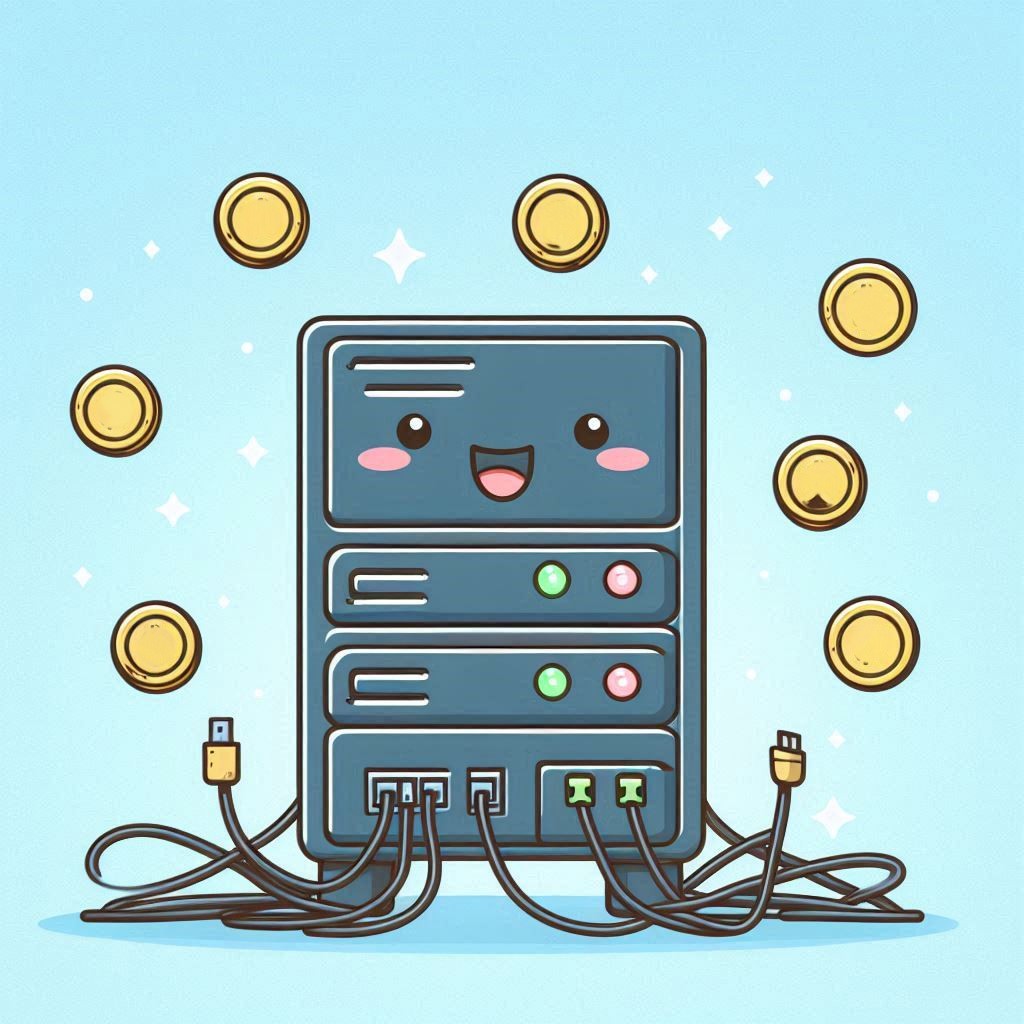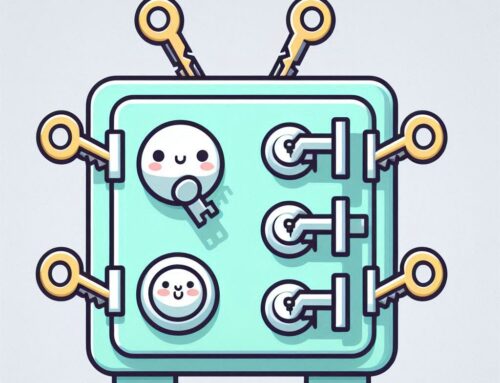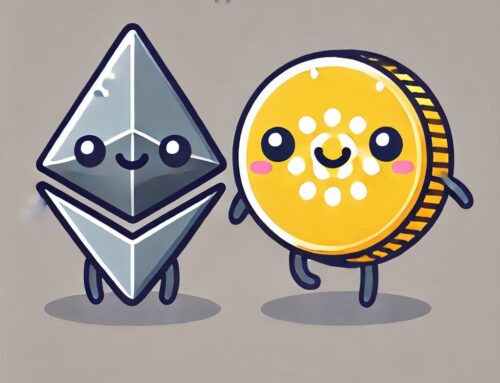So You Want to Run a Cardano Stake Pool? Here’s A Guide to Becoming a Blockchain Boss (and Maybe a Millionaire… Probably Not, Though!)
Alright, future Cardano stake pool overlords, let’s talk shop! You’ve got the vision, you’ve got the ambition, and you’ve probably spent way too much time watching YouTube videos about blockchain technology. Now you want to create your very own Cardano stake pool! But wait, before you start dreaming of Lambos and early retirement, let’s be real for a minute. Running a Cardano stake pool is not all sunshine and roses; it’s a challenging, technical, and often sleep-deprived endeavor that requires a unique blend of skills, dedication, and a healthy dose of caffeine.
Think of running a Cardano stake pool like being the captain of a ship, you’re not just steering the ship, but also responsible for the safety, well-being, and happiness of the crew, and the profitability of the entire operation! So, if you’re ready to dive into the deep end and explore the wild world of Cardano stake pool operation, then buckle up, because we’re about to break it down!
What Is a Cardano Stake Pool Operator, Anyway? (Beyond the Tech Jargon!)
Before we start mapping out your journey to Cardano stake pool stardom, let’s clarify just what a stake pool operator actually does. These are the unsung heroes of the Cardano network, who keep the wheels turning, the transactions validating, and the rewards flowing. The Cardano stake pool operator is a vital component of the ecosystem, ensuring its security and stability. Stake pool operators are the individuals or groups responsible for running the nodes that validate transactions and create new blocks on the Cardano network, so without them, there would be no transactions happening, or any new blocks created.
-
Node Operation (Keeping the Lights On!): They manage the infrastructure required for a node to operate 24/7, ensuring that it’s always online and able to communicate with the rest of the network, which takes a lot of effort and dedication. Cardano stake pool operators take pride in the fact that they are keeping the network running smoothly.
-
Block Production (Making the Magic Happen!): Stake pool operators are responsible for producing blocks, which is how new transactions are added to the blockchain. This makes them a key part of the entire process.
-
Network Security (The Guardians of the Blockchain!): They play a vital role in securing the Cardano network and helping to maintain its decentralization.
Essential Requirements for Launching Your Cardano Stake Pool: A Slightly Scary Overview
Alright, if you’re still reading at this point, then you’re clearly serious about this Cardano stake pool thing. So, let’s dive into the nitty-gritty details of what it actually takes to get your own stake pool up and running. While running a Cardano stake pool requires a certain level of technical expertise, the process can be broken down into simpler steps.
-
Technical Skills (Get Ready to Geek Out!): You’ll need some serious technical skills, including familiarity with command-line interfaces, server management, and networking concepts. Don’t worry; you don’t need to be a programming expert (though it certainly wouldn’t hurt), but you do need to understand some basic computer skills. Think of it like needing to know how to change the oil in your car, and perform basic maintenance, in order to keep the engine running.
-
Hardware and Infrastructure (Building Your Digital Fortress!): You’ll need a reliable server that can run the Cardano node software. This server needs to have enough processing power, memory, and storage to handle the demands of the network, and ensure that it can keep up with all the latest transactions.
-
Server Specifications: Typically, this will involve a server with at least 16GB of RAM, a multi-core CPU, and sufficient disk space. Choosing the right hardware is a key part of running an effective Cardano stake pool.
-
Reliable Internet Connection: You’ll also need a stable, reliable internet connection with low latency, to ensure that your node is always online and able to communicate with the rest of the network. Imagine trying to run a business with unreliable internet – it’s simply not feasible!
-
-
Software Installation and Setup (Putting the Pieces Together!): You’ll need to install and configure the Cardano node software on your server. This can be a bit technical, but there are plenty of guides and documentation available to help you through the process. It’s like setting up a new computer, with the correct operating system, the proper drivers, and other configurations.
-
ADA Pledge (Putting Your Money Where Your Mouth Is!): You’ll need to have a certain amount of ADA to pledge to your stake pool. This pledge demonstrates that you’re invested in the network’s success, and are serious about running a high-quality Cardano stake pool.
-
Stake Pool Registration (Making It Official!): You’ll need to register your stake pool on the Cardano network, providing information about your pool, its fees, and other relevant details. It’s like creating a listing for your business, ensuring that potential customers know about your services, and what you have to offer.
-
Wallet Management (Keeping the Treasure Safe!): You’ll need to set up a secure wallet for managing the ADA used for your Cardano stake pool, and make sure that you adhere to best practices when it comes to managing keys and other sensitive information.
-
Ongoing Maintenance and Monitoring (Like a Digital Gardener!): Once your stake pool is set up, you’ll need to constantly monitor its performance, respond to any technical issues, and ensure that your node is always up-to-date, and that the entire system is secure. It’s like maintaining a high-performance vehicle, which requires constant attention and maintenance to ensure it continues to run effectively.
Simplified Steps for Setting Up a Cardano Stake Pool: (The “Running a Pool for Dummies” Guide!)
Here’s a simplified version of the steps required to set up a Cardano stake pool, without getting too bogged down in the technical details.
-
Choose a Server (Pick Your Digital Home!): Select a reliable server provider and set up a server with the required hardware specifications.
-
Install Cardano Node Software (Install the Brains!): Install and configure the Cardano node software on your server, using the command line or other tools.
-
Set Up Your Wallet (Secure the Treasure!): Create a secure wallet for managing your stake pool’s ADA, following all the best security practices to keep your funds safe.
-
Register Your Pool (Make It Official!): Register your stake pool on the Cardano network, providing all required information, such as the name, ticker symbol, website, and fees.
-
Configure Your Node (Get It Talking!): Configure your node to communicate with the Cardano network and to start producing blocks, joining in with the broader network.
-
Monitor Your Pool (Keep an Eye on Things!): Continuously monitor the performance of your stake pool and make any necessary adjustments, to ensure that it remains healthy and profitable.
What are the Key Cardano Stake Pool Metrics: (Understanding The Performance)
When assessing how your Cardano stake pool is performing, and how it might change over time, there are a variety of Key Cardano stake pool metrics that should be considered:
-
Pledge: This shows the amount of Cardano that the operator of the stake pool has locked up. It indicates their commitment to ensuring the long-term stability of the Cardano stake pool, and the network overall.
-
Total Stake: This shows the total amount of ADA staked in your stake pool. The higher the total stake, the more likely the pool is to be chosen to mine new blocks. However, there is a point of diminishing returns, as more staked ADA also reduces the proportional rewards that are paid out to the delegates of the pool.
-
Saturation: This metric shows the degree to which your pool has reached its maximum potential staking rewards. It is generally best to delegate to stake pools that are not approaching their saturation point.
-
Fees: Stake pool operators receive income from the staking rewards that are earned, which can provide an incentive to secure the network. Stake pools charge two different fees, a fixed cost per epoch, and a percentage markup.
-
Luck: This is a more variable metric, but in the long run the luck should converge to the expected value.
Essential Skills for Cardano Stake Pool Operators (It’s Not Just About Tech Skills!)
While technical skills are certainly important, running a successful Cardano stake pool requires a broader range of abilities:
-
Problem-Solving (When Things Go Wrong!): You’ll need the ability to troubleshoot technical issues, and find creative solutions to keep your node running smoothly.
-
Communication (Keeping Your Delegators Informed!): You’ll need good communication skills to interact with the Cardano community and your delegators, and to keep them informed of any relevant changes.
-
Organization (Staying on Top of Things!): You’ll need to be organized and detail-oriented to manage your pool effectively, keeping track of all the metrics and configurations, and making sure that everything functions as it should.
-
Adaptability (The Blockchain World Never Sleeps!): You’ll need to be able to adapt to changes in the Cardano network and stay up-to-date with the latest developments, to ensure that your stake pool remains competitive.
-
Marketing: It is important to promote your pool to users to attract new delegators
The Role of a Cardano Stake Pool Operator in the Community (More Than Just a Node Runner!)
Stake pool operators are not just running nodes; they’re also contributing to the Cardano community, helping to shape the future of the network.
-
Network Security (Guardians of the Chain!): They play a crucial role in securing the network by validating transactions and creating new blocks, keeping the entire system safe and reliable.
-
Decentralization (Spreading the Power!): By running their own nodes, stake pool operators contribute to the decentralization of the Cardano network, helping to ensure that no single entity has too much control.
-
Community Engagement (Building a Stronger Ecosystem!): Many operators also actively participate in the Cardano community, educating users, providing support, and working to advance the ecosystem, by contributing to a healthy and thriving digital world.
The Takeaway: Becoming a Cardano Stake Pool Operator is Challenging but Rewarding
Running a Cardano stake pool is a challenging but rewarding endeavor that requires a combination of technical skills, dedication, and a commitment to the Cardano community. By understanding the key requirements and following these simplified steps, you can take the first steps in becoming a successful stake pool operator and making a valuable contribution to the Cardano network. And remember, the Cardano community is there to help along the way!





